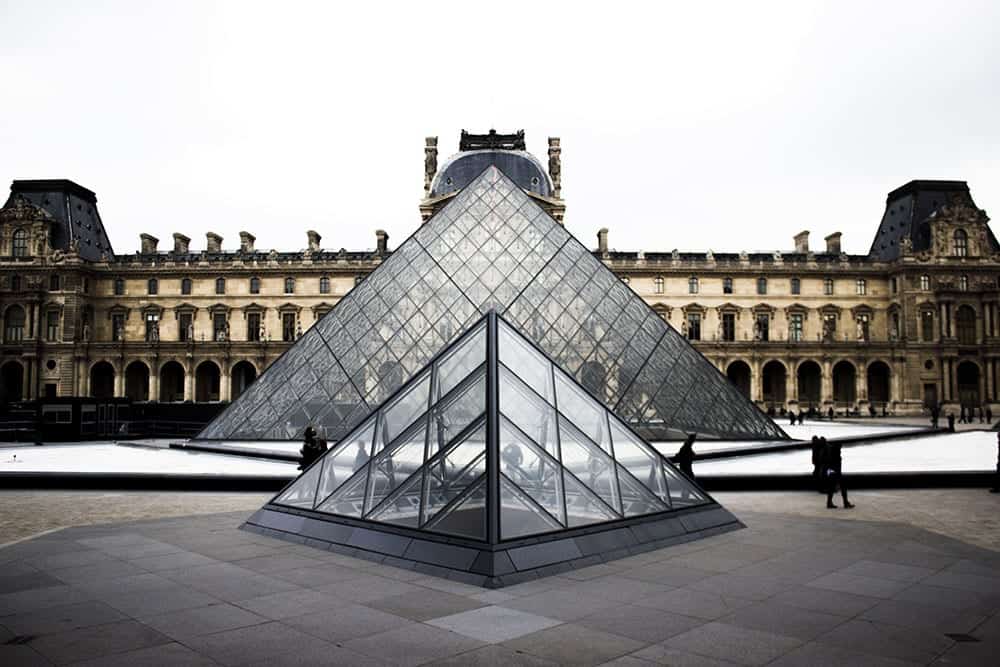Some of you will know that I am the weekly travel correspondent on a nationwide radio station in New Zealand, and this Sunday my segment falls on Bastille Day, so what better topic to chat about than what the storming of the Bastille all about?
Bastille Day is also known as La Fete Nationale or Le 14 Julliet, and while today in France it is celebrated with military parades and planes flying down the Champs-Elysee, with fireworks and parties in French homes and neighbourhoods all over the world, it is really about celebrating the stand against monarchist rule.
Read on if you are as curious as me about how this day started.

Firstly, what is the Bastille?
The Bastille was a fortress, a prison where poor old despised King Louis the XVI kept his prisoners. He wasn’t even meant to be king. But he was crowned in 1774 at 19 years old, after his older brother had died when he was a boy and his father had also passed away. Louis XVI inherited the throne when his grandfather died.
But the mood was very dark towards the French monarchy then.
Grandad King Louis XV had overseen France’s losses during the Seven Years’ War from 1756 to 1763 leaving the country in debt and then compounding that, in 1780 there was widespread crop failure leaving the country with no bread.
France without bread? Off with your head!

The common people were being taxed to the back teeth while the elite were not and bread prices were through the roof.
So conditions were ripe for a protest movement which gathered against the establishment and on 14 July 1789 hundreds of protestors stormed the bastille, which was only holding seven prisoners at the time, but had large stores of gun powder.
Within days LaFayette was made commander of the new National Guard and the French aristocracy saw the writing on the wall and dukes, barons, princes and counts all began to leave France.
The storming of the Bastille was the match that struck the fuse that led to the French Revolution in which King Louis XVI and his wife Marie Antoinette were eventually guillotined to death. Yep, gruesome stuff.
Three years after that first “Bastille Day”, after years of protests and uprisings, murders and different rulers, in August of 1792 the now infamous storming of the Tuileries Palace took place where 600 Swiss Guards, employed to protect the king and his family, were massacred.
Incidentally I visited the place in Lucerne, Switzerland, where those guards are remembered in a moving sculpture of a dying lion (depicting royalty) and which writer Mark Twain described as the saddest sculpture he had ever seen.
You can see that sculpture and read my post about Lucerne here if you like >>
The King’s authority was now officially suspended, although it had been curtailed for some years by this point anyway. Incidentally, by September the Louvre Museum was built to house the art from the royal collections. I did not know that either, so much education in this post!

But cue the scary music… because in December 1792 King Louis XVI was put on trial and in January 1793 he was declared guilty of “conspiracy against public liberty” by 707 to 0. Interestingly 361 voted for the death penalty against 360 who voted against. So on January 21, passing by one vote, King Louis XVI was beheaded, his wife Marie Antoinette killed that October.
Here is a Wikipedia link to the timeline leading up to the French Revolution for real history boffins!
Was King Louis XVI really that bad?
I have been schooling myself on Louis and it seems like the protest movement was more in response to years of poverty, end of the war and harsh living conditions, because from all accounts Louis the 16th was making some dramatic changes in the areas of human rights, much to the chagrin of the aristocracy.
He abolished serfdom. What? Serfs were on the lowest rung of the socio ladder, just above slaves. They were allowed to own property, but if they sold it, they were sold along with it. Good one. Voltaire was one of the leading voices who was very vocal against this, and he had the ear of King Louis XVI who abolished serfdom on land under royal ownership in 1779 and it was eventually stopped altogether in 1789.
It was King Louis XVI who gave rights to non-Catholics, in the 1787 Edict of Tolerance (also known as the Edict of Versailles) which had previously meant no Protestants, Jews and other faiths could legally marry and register births, deaths and properties until then.
It was also King Louis XVI who supported the American War of Independence that ironically would be emulated by the people of France to over throw the monarchy in their own revolution.
He abolished the macabre practice of torture to gain confession in French courts which was the norm at the time and had been in many Western countries for 600 years. The practice was widely criticised for leading to confessions, whether they be true or not, just to stop the pain.
Actually, the more I read about King Louis XVI, the more I think he was a champion of the down trodden. Mates with the writer Voltaire (who was twice incarcerated in the Bastille) an “enlightenment writer” alongside philosophers like Isaac Newton, Francis Bacon and John Locke, they were anti the establishment and promoted freedom of religion and commerce and a more liberal society.
Ironically Louis XVI was on the way to bringing about a revolution in France at the time of the The Revolution in which he lost his head. Literally.

If you’re planning a self-driving holiday in France, you might like to read this post on How to do a 2-week road trip in France >>
